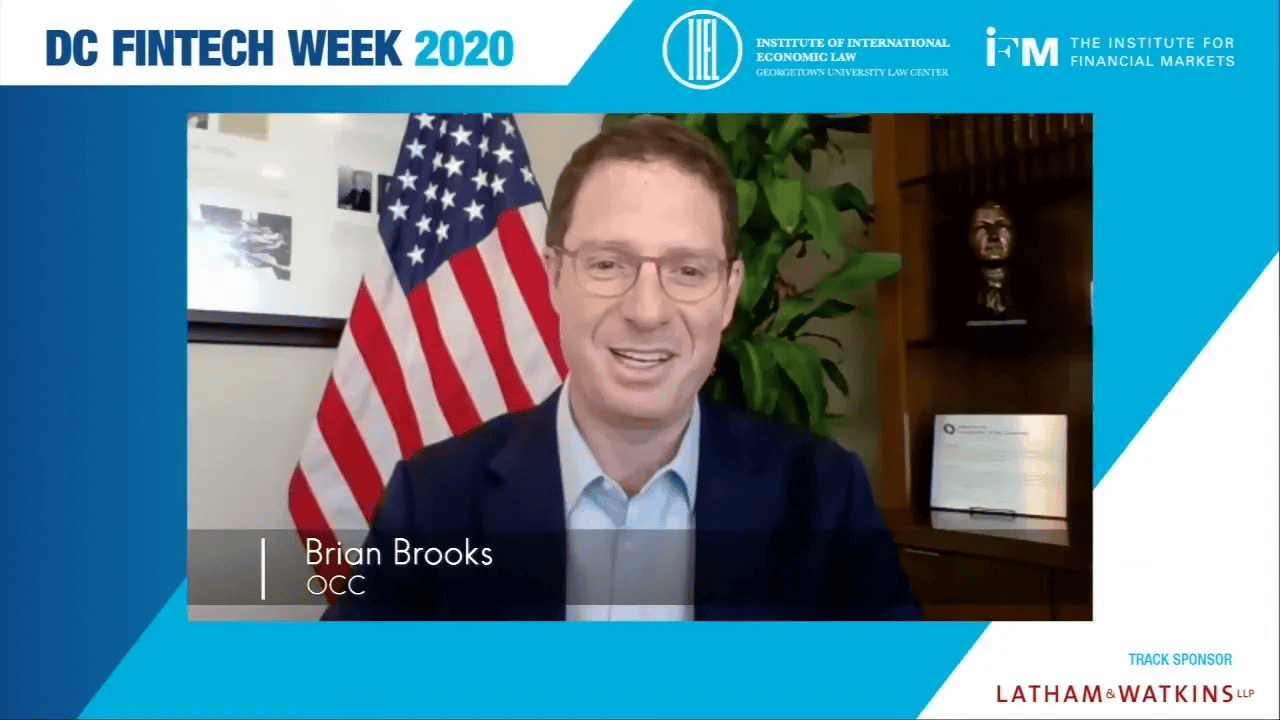Inflation is a critical topic that affects everyone, driven primarily by monetary policies.
This blog is a summary from “Milton Friedman Speaks: Money and Inflation”. Recorded at University of San Diego & San Diego Chamber of Commerce ©1978. This blog explores the causes and consequences of inflation, emphasizing its connection to government spending and money supply, while also discussing potential solutions to this pervasive issue.
Table of Contents
- Introduction to Inflation
- The Quantity of Money vs. Output
- The Cure for Inflation
- Conclusion: The Future of Inflation
Introduction to Inflation
Inflation represents a significant economic challenge, influencing purchasing power and economic stability. Essentially, it refers to the general increase in prices of goods and services over time, leading to a decrease in the purchasing power of money. Understanding inflation is crucial for individuals, businesses, and policymakers alike, as it affects savings, investments, and overall economic health.
The Story of Inflation
To comprehend inflation, one must consider its historical context and real-world implications. It’s not merely a theoretical concept but a phenomenon that has shaped economies and societies throughout history. One vivid illustration of inflation’s impact is the story of individuals grappling with its effects, often finding themselves in precarious financial situations as their currency loses value.
Inflation as a Disease
Inflation can be likened to a disease that, if left unchecked, can wreak havoc on society. It erodes savings, distorts spending habits, and creates uncertainty in economic planning. Just as a disease can have various symptoms, inflation manifests in different ways, from rising prices to increased interest rates. Understanding it as a disease helps highlight the urgency of addressing its root causes.
Historical Examples of Inflation
Throughout history, there have been numerous instances where inflation has spiraled out of control, leading to severe economic consequences. For example, post-World War I Germany experienced hyperinflation, where the value of the currency plummeted dramatically. Citizens were compelled to carry bags of money just to buy basic necessities.
Similarly, in South America, countries like Brazil and Chile faced hyperinflation, resulting in political upheaval and economic instability. These historical examples serve as cautionary tales, emphasizing the importance of maintaining monetary stability.
Understanding the Cause of Inflation
At its core, inflation is primarily caused by an imbalance between the supply of money and the demand for goods and services. When more money is circulated in the economy than there are goods available, prices rise. This imbalance can stem from various factors, including government policies, increased production costs, or shifts in consumer demand.
Recognizing the cause of inflation is crucial for developing effective strategies to combat it. Policymakers must understand these dynamics to implement measures that stabilize prices and maintain economic health.
Inflation: A Monetary Phenomenon
Inflation is fundamentally a monetary phenomenon. It arises when the quantity of money in an economy grows at a faster rate than the economy’s ability to produce goods and services. This excess money leads to increased spending, which drives prices upward. Therefore, controlling the money supply is vital for managing inflation effectively.
In modern economies, central banks play a pivotal role in regulating the money supply through various tools, such as interest rates and reserve requirements. Their decisions can significantly influence inflation rates, making their actions crucial for economic stability.
The Role of Government in Inflation
The government’s role in inflation is multifaceted. On one hand, it has the authority to influence monetary policy through central banks, directly impacting the money supply. On the other hand, government spending and fiscal policies can also contribute to inflationary pressures. When governments spend excessively without corresponding revenue, it can lead to increased borrowing and money creation, fueling inflation.
Moreover, government responses to inflation can vary. While some may implement austerity measures to curb spending, others might prioritize economic growth, potentially exacerbating inflation. Understanding these dynamics is essential for citizens to grasp how government actions can affect their economic reality.
The Quantity of Money vs. Output
Inflation fundamentally arises when the quantity of money in circulation grows faster than the output of goods and services. This relationship highlights the delicate balance between money supply and economic productivity. If money increases without a corresponding rise in output, inflation is the inevitable result.
Historically, periods of significant inflation have coincided with rapid expansions of the money supply. For instance, during economic booms, governments often increase spending, leading to more money being printed. In turn, this excess money chases the same amount of goods, driving prices higher.
Visual Evidence of Money and Inflation
To illustrate the connection between the quantity of money and inflation, various charts demonstrate this phenomenon across different countries and time periods. These visual aids reveal a consistent pattern: as the money supply increases, prices tend to follow suit.
For example, a chart comparing the United States and Germany over several decades shows that the trends in money supply and consumer prices are almost indistinguishable. The synchronization between these two variables reinforces the idea that inflation is a direct consequence of monetary policy.
Why Does the Quantity of Money Increase?
The increase in the quantity of money can be attributed to several factors. The foremost reason is government spending. When governments spend more than they collect in taxes, they often resort to printing money to cover the deficit. This action leads to inflation as the money supply grows without a corresponding increase in goods and services.
Additionally, central banks can influence the money supply through monetary policy. By lowering interest rates or engaging in quantitative easing, they effectively inject more money into the economy. While these measures aim to stimulate growth, they can also lead to inflation if not managed carefully.
The Three Main Reasons for Inflation
Inflation typically stems from three primary causes:
- Government Spending: Excessive government spending without adequate revenue generation leads to inflation. When the government prints money to finance spending, it dilutes the value of existing currency.
- Central Bank Policies: Central banks, such as the Federal Reserve, can inadvertently contribute to inflation through their monetary policies. If they prioritize low-interest rates to stimulate borrowing and spending, this can result in an oversupply of money.
- Public Demand: If consumer demand outpaces supply, businesses may raise prices, leading to inflation. This situation often arises in booming economies where consumer confidence is high.
Trade Unions and Inflation Myths
A common myth is that trade unions are a significant driver of inflation by pushing wages higher. However, the evidence does not support this claim. Higher wages are often a response to inflation rather than a cause. In fact, wage increases can follow inflation as workers demand compensation for their reduced purchasing power.
Countries with strong trade unions, like Great Britain, often face inflation, but this does not imply a causal relationship. In contrast, nations with weaker unions can also experience inflation, indicating that other factors, primarily monetary policy, play a more crucial role.
International Influences on Inflation
While some argue that inflation is imported from abroad due to global economic conditions, this perspective is misleading. In a world of flexible exchange rates, inflation is largely a national phenomenon driven by domestic monetary policy.
For example, countries can experience varying inflation rates despite global trends. Switzerland maintains low inflation while others face higher rates, showcasing that local policies significantly influence inflation outcomes.
The Role of Productivity in Inflation
Productivity plays a crucial role in determining inflation levels. When productivity rises, it can help mitigate inflation by increasing the supply of goods and services. However, the relationship is complex; productivity increases alone may not suffice to control inflation if the money supply is not managed effectively.
In many cases, the potential variations in the quantity of money are far greater than those in productivity. Therefore, while enhancing productivity is essential for economic growth, it is not the primary driver of inflation.
The Cure for Inflation
Addressing inflation fundamentally requires a commitment to reducing government spending and curtailing the money supply. The simplicity of this solution belies the complexity of implementing it. The real challenge lies not in identifying the cure, but in fostering the political will necessary to execute these measures effectively.
Just as a patient may resist medical advice that is essential for recovery, society often hesitates to embrace the necessary sacrifices to combat inflation. For instance, a person suffering from a debilitating health issue might refuse to quit smoking, even when the solution is clear. Similarly, the political landscape can be resistant to the necessary changes to mitigate inflation.
Political Will and Inflation
Political will is crucial in the fight against inflation. While citizens may express a desire to stop inflation, their actions often reflect a more complex relationship with economic conditions. Many individuals have benefited from inflation in various ways, such as homeowners whose mortgages are effectively reduced in real terms.
The dichotomy of public sentiment reveals that while people may claim to oppose inflation, they simultaneously desire to see the prices of goods decrease while the prices of their own goods and services increase. This paradox complicates the political discourse surrounding inflation and highlights the need for clarity in public understanding.
The Economic Roller Coaster
Since the early 1960s, the U.S. economy has experienced an inflationary roller coaster, characterized by alternating periods of rising inflation and economic contraction. Each peak of inflation has been higher than the last, creating a pattern of increasing economic instability. This cycle is driven by a combination of political responses to inflationary pressures and the inherent challenges of managing economic growth.
As inflation rises, the natural response is to apply the brakes through monetary restraint, which often leads to increased unemployment and economic slowdown. Conversely, when unemployment rises, the political pressure mounts to stimulate the economy through increased spending, leading to renewed inflationary pressures. This cyclical pattern has created a situation where inflation becomes not just a financial issue but a political one as well.
Consequences of Ignoring Inflation
Ignoring inflation can have dire consequences for the economy and society at large. As inflation persists, it can erode purchasing power, disproportionately affecting those with fixed incomes and savings. The long-term effects can lead to a wider wealth gap, as some individuals and businesses adapt to inflationary conditions while others struggle to keep up.
Moreover, the failure to address inflation can lead to a reliance on temporary fixes, such as wage and price controls, which ultimately do not resolve the underlying issues. These measures may provide short-term relief but can exacerbate problems in the long run, leading to greater economic instability.
Public Attitudes Towards Inflation
The public’s attitude towards inflation has shifted significantly over the past few decades. Historically, many citizens viewed inflation as a necessary evil for economic growth. However, with rising costs and stagnant wages, there is a growing realization that inflation must be addressed more seriously.
Recent polls indicate that inflation is now viewed as a more pressing concern than unemployment. This shift in perspective suggests that the public is becoming increasingly aware of the detrimental effects of inflation and is ready to support policies aimed at curbing it.
Conclusion: The Future of Inflation
The future of inflation will largely depend on the political will to implement necessary reforms and the public’s understanding of the economic landscape. While the solutions to inflation may be straightforward, the path to enacting these solutions is fraught with challenges.
Ultimately, the key to managing inflation lies in a balanced approach that prioritizes fiscal responsibility and public awareness. By fostering a culture of economic literacy and encouraging civic engagement, society can create the conditions necessary for sustainable economic growth and stability.
FAQs about Inflation
- What causes inflation? Inflation is primarily caused by an imbalance between the supply of money and the demand for goods and services, often exacerbated by excessive government spending and loose monetary policies.
- How can inflation be controlled? Inflation can be controlled through measures such as reducing government spending, tightening monetary policy, and fostering economic productivity.
- What are the effects of inflation on the economy? Inflation can erode purchasing power, create uncertainty in economic planning, and disproportionately impact low-income individuals and those on fixed incomes.
- Is inflation always bad? While inflation can have negative effects, moderate inflation is often seen as a sign of a growing economy. The challenge lies in managing inflation to prevent it from becoming excessive.
This blog post is inspired by the video above. The original creator is given all credit for the video content. Be sure to check out their channel for more amazing content!








